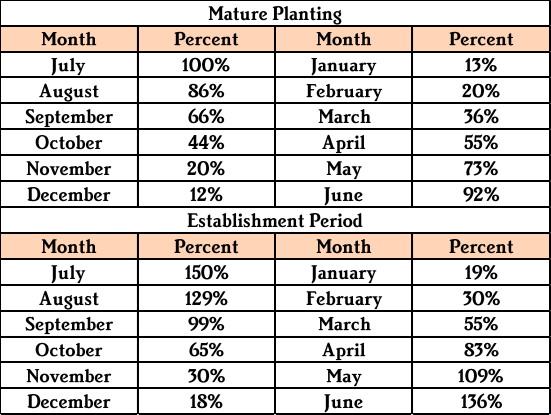Evapotranspiration
Every spring we start spending more time outside and in our yards. Many of us haven’t thought much about watering our lawns since last winter but now is the perfect time to develop a watering plan that works to keep our landscaping healthy all year. At Delta Landscape, most of our work is for commercial properties, but some of the same guiding principles we adhere to for our clients can be adapted for your home.
A good starting point is a basic understanding of Evapotranspiration or E.T., which is the amount of water that evaporates from the soil. This process is affected on a daily basis by temperature, humidity, the amount of sunlight your yard receives and other environmental factors. In very simple terms, if your grass needs one inch of water per day to stay green, your E.T. rate is one inch per day.
As we head into the hottest months of the year, your irrigation system settings become very important. July is actually the best time of year to determine your watering needs. Long summer days with high temperatures are the perfect recipe for peak evaporation. Your irrigation system supplements the water that evaporates from the soil and this is where E.T. comes in. In general for Sacramento, a healthy lawn needs one to one and a half inches per day in the month of July.
So how do you get to that magic number that works for your landscaping? There’s no one size fits all answer so you have to experiment a little to find what works for you.
We recommend starting with a soil probe which lets you know what’s happening below the surface. For example, you may run your sprinklers for 30 minutes and the top layer is saturated, but just a few inches down the soil is completely dry. Or the opposite could be the case – a dry top layer but drenched roots. The soil probe, which you can get at local landscaping shops, can tell you how deep your moisture is getting. A good target for healthy lawns is to target eight inches down. For planter beds, water should get deeper to a depth of about 18-inches.
Use the probe to get samples in different locations throughout your landscaping and record how deep you are finding moisture. As an example, let’s say your measurement shows your top four inches of soil is dry before you hit moisture. Run your irrigation for 10 minutes and take a new measurement. For our example, let’s assume after 10 minutes the top one inch of soil is now moist, but three inches below that is still dry. Based on this we can assume your irrigation applies enough water to accommodate 1″ of moisture in your soil per 10 minutes of run time. To accommodate four inches of dry soil you need to run the system for 40 minutes to make up for the E.T.
Furthermore, if E.T. is at one inch per day, then with this hypothetical situation we can determine that you would have to operate the irrigation 10 minutes per day to accommodate the E.T
All that work gets you how much you need to water in July. You can use the below chart to determine watering for the rest of the year. If you need to water your established landscape 10 minutes a day in July (100%) then in November you only need to water two minutes a day and 5.5 minutes a day in April. The percentages are a little different for new plants.

If you are getting runoff, consider running the sprinklers in phases to allow the water to soak down to the roots before turning the water back on again. Once you know how much time and how many cycles you need to water sufficiently in July, you can use that number to figure out the most efficient amounts of water for every month of the year.
The benefit to this calculation is not just being able to set your irrigation controller and let it do the work, there are also significant cost savings. The less water you use, the more money you save. You’ll also be helping the environment by reducing wasted water and reducing your carbon footprint.
Hopefully, an understanding of E.T. will help you maintain healthy landscaping at your home, while saving money and water.
